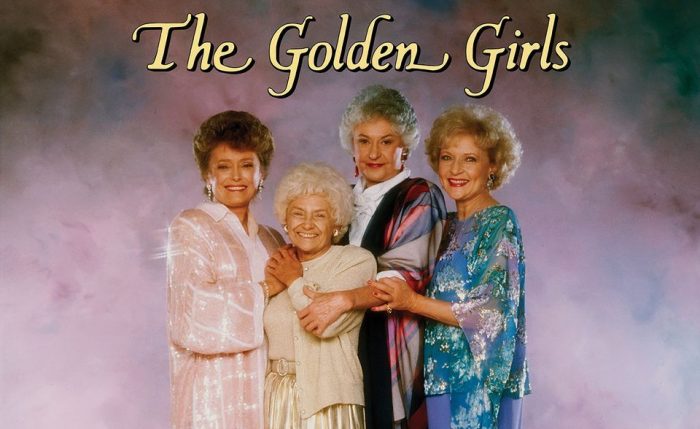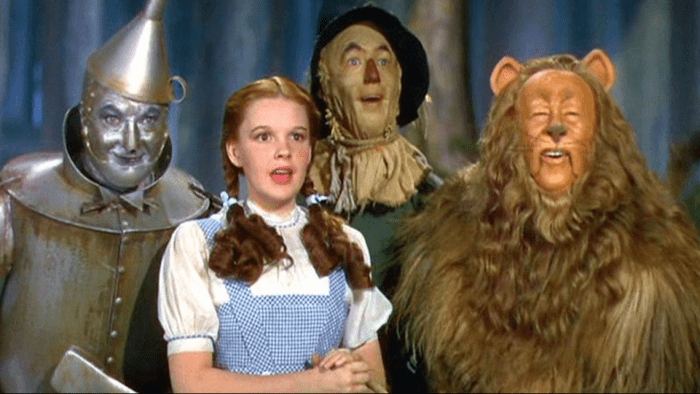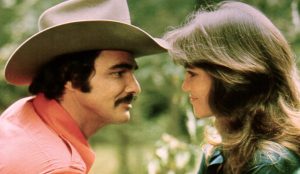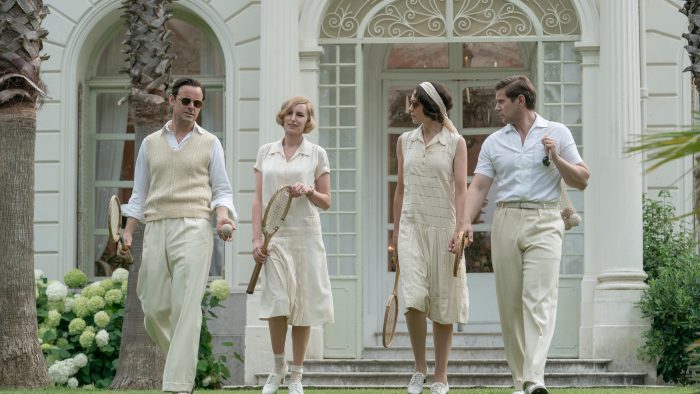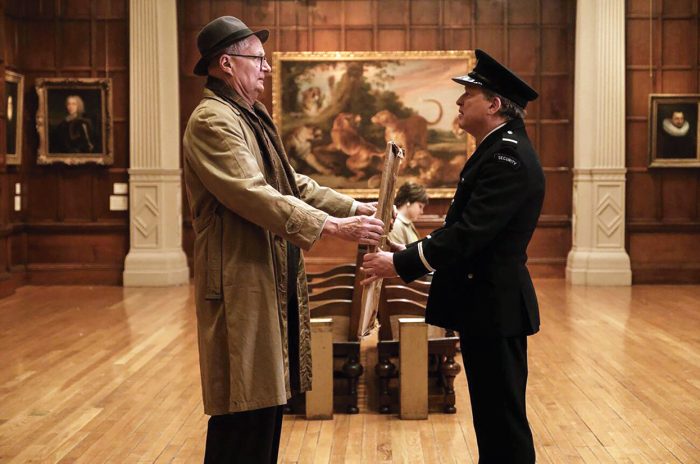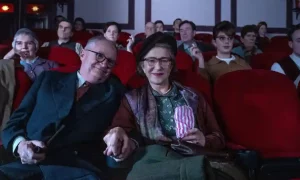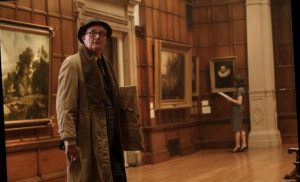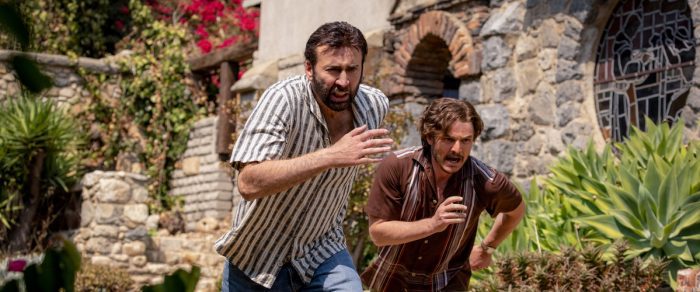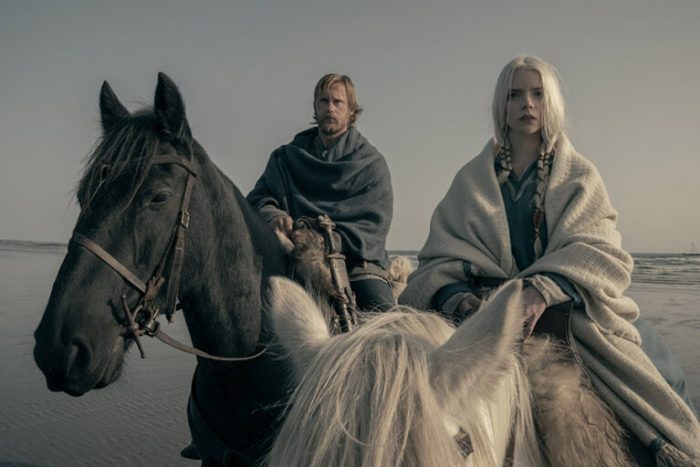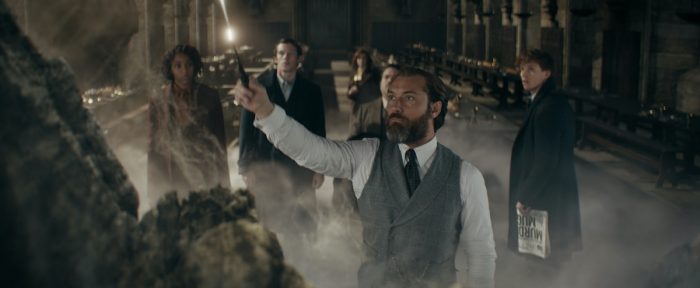Fathom Events has announced the return of the Emmy Award-winning television sitcom, “The Golden Girls,” to select theaters nationwide for the second consecutive year. “Forever Golden! A Celebration of the Golden Girls” hits movie theaters for two nights: Tuesdays June 7 and 14.
The series stars Bea Arthur (Dorothy Zbornak), Betty White (Rose Nylund), Rue McClanahan (Blanche Devereaux), and Estelle Getty (Sophia Petrillo) as four women in their golden years who share both a home and a friendship in Miami, Florida. This special event will feature some of the most memorable episodes from the series.
“We’re excited to bring this beloved show back to the big screen this summer,’” said Ray Nutt, Fathom Events CEO. “The storyline and the friendships between these very different women have stood the test of time. Fans love it just as much now as they did when it first aired on television back in the 80’s.”
This must-see, two-night event will feature episodes including:
The Competition, Season 1, Episode 7: In a bowling competition, it’s Dorothy and Blanche verses Rose and Sophia. If Sophia and Rose win, Dorothy will allow Sophia to go back to Sicily for a visit with an old beau and if Dorothy and Blanche win Sophia will give her a pair of antique earrings.
It’s a Miserable Life, Season Two, Episode 4: The girls circulate a petition to save a 200-year-old oak tree which is located on the property of the most hated woman in the neighborhood, Frieda Claxton, who wants the tree cut down.
The Sisters, Season 2, Episode 12: For Sophia’s birthday, Dorothy flies in her sister, Angela from Sicily as a surprise. However, Dorothy’s the one who’s surprised when Sophia’s reaction is that of disgust.
Scared Straight, Season 4, Episode 9: Blanche’s brother, Clayton comes to Miami for a visit and Blanche goes all out fixing him up on blind dates. However, Rose learns the truth, Clayton is gay and is afraid to tell Blanche the truth about himself.
Sisters of the Bride, Season 6, Episode 14: Blanche’s gay brother Clayton, makes a visit to Miami with a surprise, he has found the right person to make a commitment to, but Blanche still can’t get over Clayton’s sexual orientation. Meanwhile, Rose expects to win a Volunteer of the Year award.
The Case of the Libertine Belle, Season 7, Episode 2: The girls participate in a murder mystery weekend and Dorothy has a ball when she solves a mystery. However, when Blanche is accused committing a real murder, Dorothy will have to use all her keen detective skills to find the real murderer.
“The Golden Girls” premiered in September 1985 and delighted fans over 7 seasons and 180 half-hour episodes. The series follows Miami homeowner Blanche Devereaux, joined by Rose Nylund and Dorothy Zbornak, brought together by a fateful ad for roommates posted by Blanche in a grocery store. The three are joined by Dorothy’s mother, Sophia Petrillo, a feisty Sicilian woman who rounds out the fabulous foursome. Together, the women form the perfect circle of friends.
“Forever Golden! A Celebration of the Golden Girls” will play in movie theaters on Tuesday, June 7 and Tuesday, June 14 at 7 p.m. (all times local). Locally the film will be screened at Regal Deer Park 16, 455 Commack Road, Deer Park; Island 16 Cinema de Lux, 185 Morris Ave., Holtsville; and Farmingdale Multiplex, 1001 Broadhollow Road, Farmingdale. A complete list of theater locations is available on the Fathom Events website can be purchased online at www.FathomEvents.com or at participating theater box offices.

